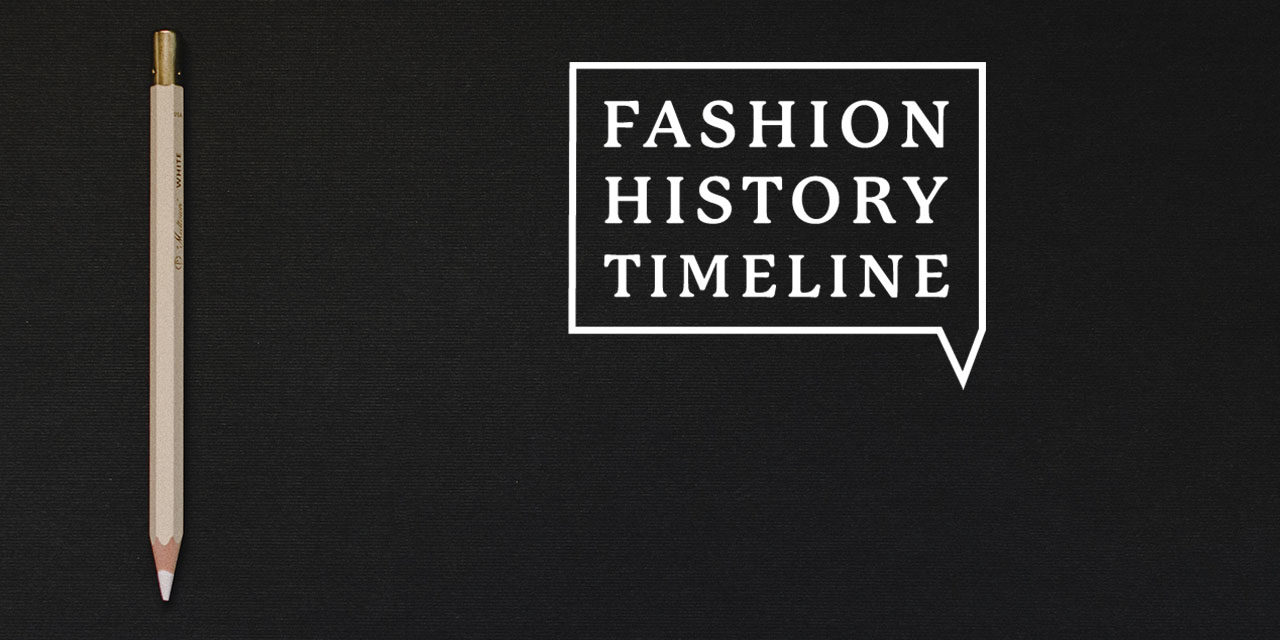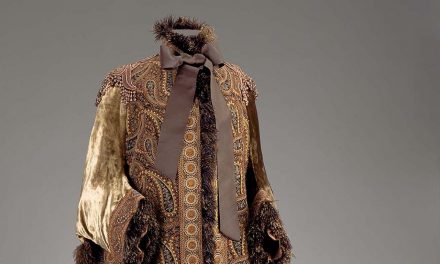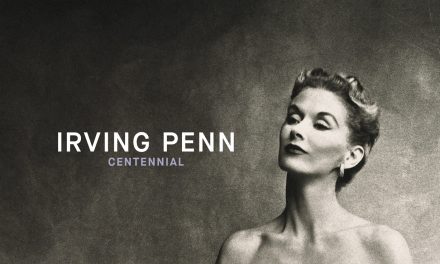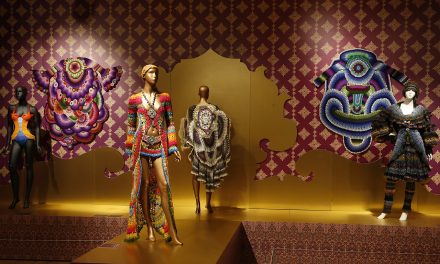Ways to Contribute
1. Contribute Content (see Types of Content below)
2. Join the Editorial Team as a Period Specialist
3. Become a Copy-Editor
When you have a proposed essay topic, please contact us to see if it is a suitable fit. You will then be given more specific instructions; see general guidelines below. If you would like to join the editorial team, either as a specialist or copy-editor, please also contact us! If you are an undergraduate student who’d like to participate, please ask your instructor to reach out to us.
Some general guidelines:
- Different content types are described below with a recommended word count. If your contribution does not fit into one of the categories below or is of a different length, please explain in your message to us.
- The site does not support footnotes. All sources should be cited parenthetically (Author page #); author can be omitted if included in a signal phrase.
- Remember to make all quotations longer than 3 lines into block quotes. NOTE: We put quotation marks around block quotes (even though Chicago says not to).
- Refer to figures parenthetically (Fig. 1). The preference is to capitalize (Fig.) if in parentheses. If discussed as part of the sentence then render in lower case: “As we see in figure 5,” or “Cleopatra’s amazing dress (Fig. 5)”
- We use Chicago, 17th edition (full note), alphabetized by last name for the References list. All books should include their WorldCat permalink and all online sources their URL.
- Whenever possible, images should be traced to their original source. They must be fully credited. The site will auto-format the captions correctly, it’s just important you try to provide the most complete information possible, including:
- Artist/Designer name (nationality, life dates)
- Artwork Title, date
- Artistic medium
- Dimensions in centimeters (dimensions in inches)
- Museum City: Museum name
- Accession number
- Museum credit line
- Source: Website name with link to that site
- For contemporary designers, include the season, show, location, model, photographer, media company and source.
Types of Content
Artwork Analysis Essay (1200 words)
Illustrated research essay analyzing the dress in an artwork, placing it in its social and fashion history context
Garment Analysis Essay (1200 words)
Illustrated research essay analyzing a garment in a museum, placing it in its social and fashion history context.
Film Analysis Essay (1500 words)
Analysis of the costuming choices in a film and their relationship (or lack thereof) to historic dress.
Thematic Essay (3000 words)
In-depth, original essay on a specialized topic—written by graduate student, faculty member or independent scholar.
Designer Profile (400 words)
Overview of essential facts and characteristic style of a designer–written by a graduate student, faculty member or independent scholar.
Decade Overview (2000-4000 words)
Brief summary of key trends, events and actors across the decade with links to primary & secondary sources–written by expert faculty or independent scholars.
Year Overview (1200 words)
Illustrated summary of a year‘s key fashion trends, with historic events, rulers, and links to primary & secondary sources.
Term Definition (400 words)
Richly illustrated dictionary entry defining a fashion history term.
Blog post (600-1200 words)
Article highlighting a new exhibition, publication or resource.
Book Profile (50-100 words)
Abstract, table of contents, links to reviews & author information, WorldCat, & brief student reviews of a book.









